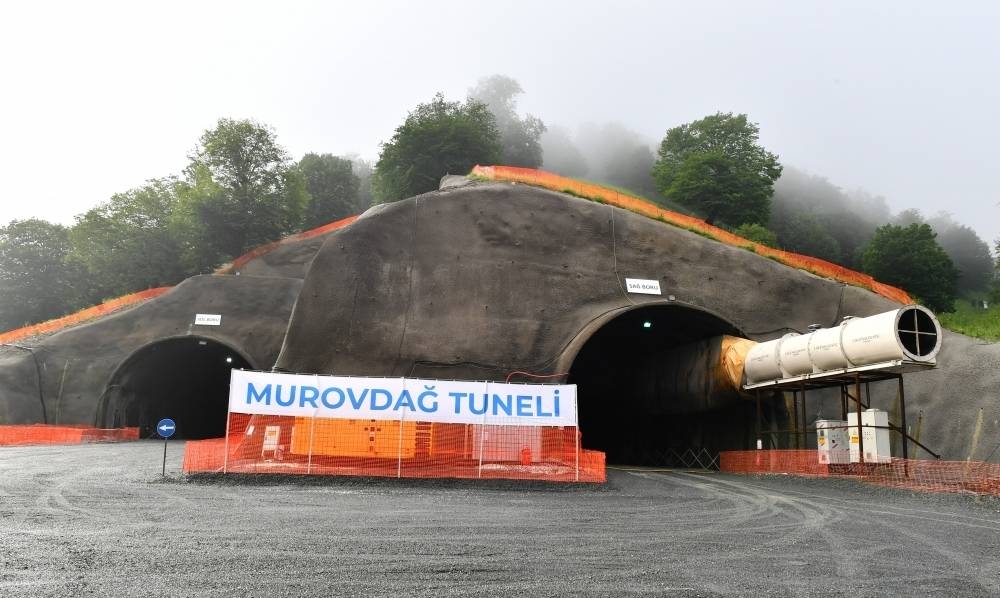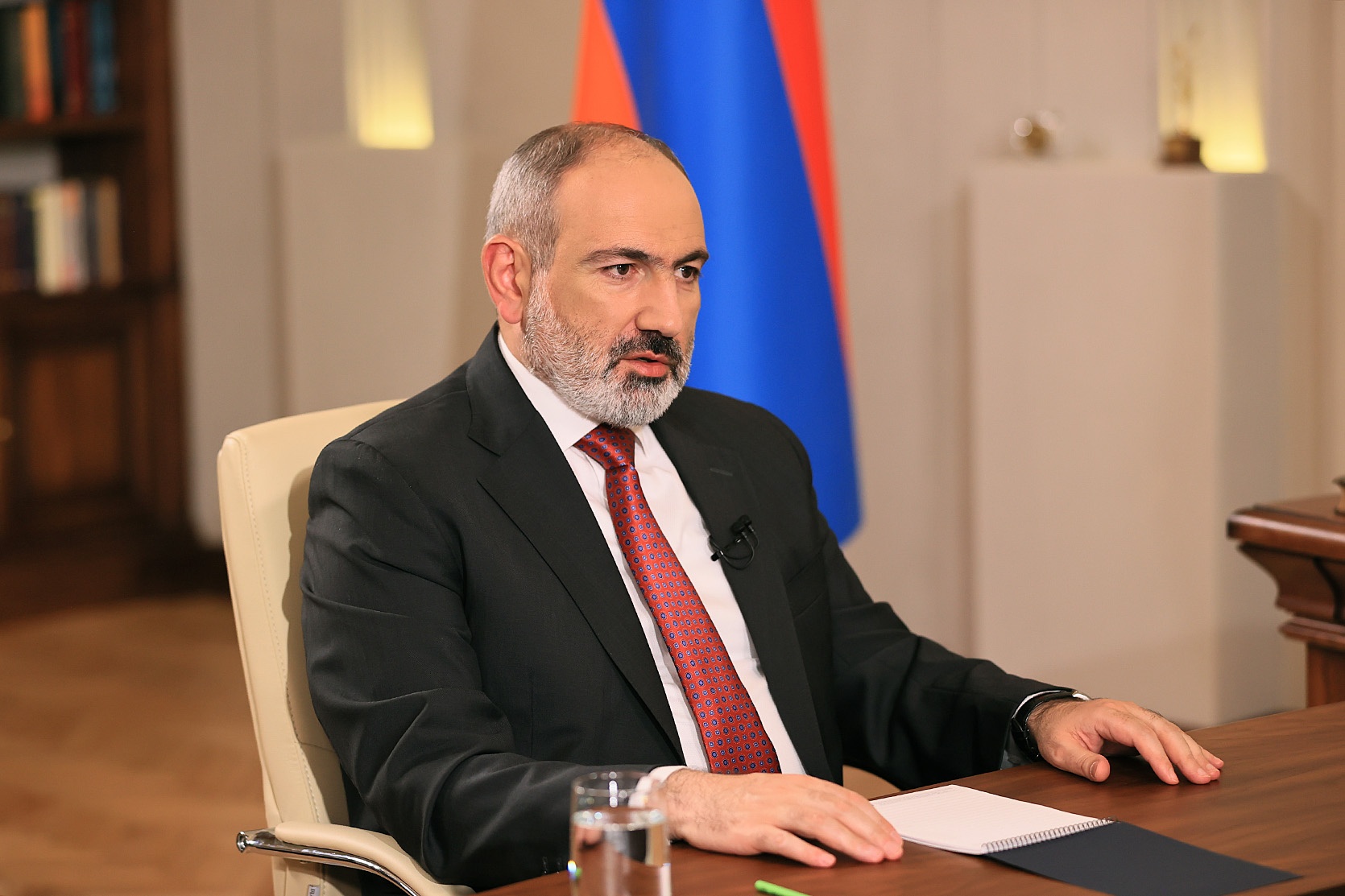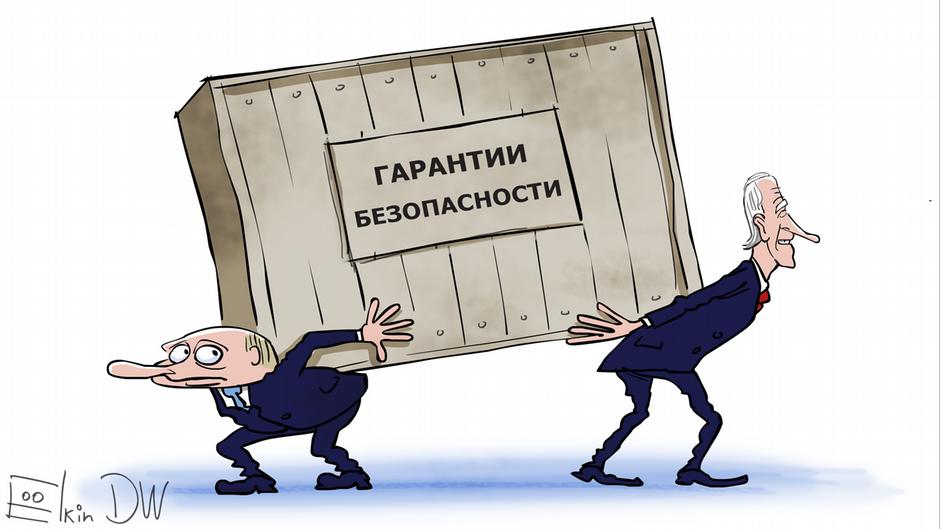Shelling in Karabakh and gunfire at the Armenian-Azerbaijani border. What's happening? Opinions from Yerevan
Skirmishing in Nagorno-Karabakh and on the border of Armenia
Armenia reports skirmishing in Nagorno-Karabakh and on the border of Armenia. Specifically, two villages have undergone shelling, while the Armenia-Azerbaijan border has seen an exchange of heavy gunfire, originally emanating from the Azerbaijan side.
The ceasefire violation occurred on July 28. No casualties have been reported.
The border between Armenia and Azerbaijan remains tense. Almost daily shelling has been recorded over the past week. Baku claims the Armenians are shelling Azerbaijani positions. The Armenian Defense Ministry calls these reports disinformation.
A bulletin from the Russian peacekeeping forces, responsible for the security of Nagorno-Karabakh, released on July 28 states that no violations occurred in their zone of responsibility.
Armenian political scientists consider the simultaneous aggravations in Nagorno-Karabakh and on the Armenian-Azerbaijani border to be no coincidence. Discussions in Yerevan assume that Baku is dissatisfied with the negotiation process. Armenian experts also believe the incidents to be related to the activity of the West in the South Caucasus.
More on the situation in NK and the border of Armenia, the Ombudsman of Nagorno-Karabakh’s assessment, and comments from analysts.
- Bombshell interview with Azerbaijani expert: “The threat of war is clear.”
- “Was Aliyev right?” On the withdrawal of the Armenian Armed Forces from Nagorno-Karabakh
- Meeting of Foreign Ministers of Armenia and Azerbaijan in Tbilisi: comments from Baku and Yerevan
Escalation in NK and on the border with Armenia
On July 28, a report was made by the unrecognized NKR’s Ministry of Internal Affairs on indiscriminate shelling by the Azerbaijani Armed Forces toward two villages in the Martuni region (Khojavend region, according to the administrative division of Azerbaijan).
The report stated that around 11:45 am, the Azerbaijani armed forces fired heavily in the direction of Taghavard and Karmir Shuka for about twenty minutes:
“There are no civilian casualties. The authorities are conducting checks with the Russian peacekeeping troops.”
Later, it was reported that the home of a Karmir Shuka resident was damaged in the shooting:
“During the shelling in the home of Vigen Shahnazaryan, the kitchen window and the front door of the second floor were damaged. Eight 7.62 mm caliber bullets were found in the yard. Bullets were also found in the yards of several other homes.”
Baku denied reports of shelling in the Martuni region.
Photos from the NK Ombudsman‘s Facebook
On the same day around noon, units of the Azerbaijani Armed Forces opened fire to the east in the direction of the Armenian-Azerbaijani border. According to the Armenian Defense Ministry, this was answered by return fire. There were no casualties on the Armenian side.
“The behavior of the Azerbaijani authorities has not changed”
Ombudsman of Nagorno-Karabakh Gegham Stepanyan commented on the shelling on his Facebook page. He says the purpose of the aggression is “to disrupt the natural course of life of the communities of Nagorno-Karabakh, to intimidate the civilian population.”
The human rights spokesman believes that the behavior of the Azerbaijani authorities has not changed:
“Such behavior indicates that the leadership of Azerbaijan continues to pursue a policy of hatred towards the people of Artsakh, psychological and physical violence, and ethnic cleansing.”
The Ombudsman described “the manifestations of pseudo-pacifism on the part of Baku as stage performance.” According to Stepanyan, they have one goal — to mislead the international community:
“Any attempts by Azerbaijan to throw dust in the eyes of the international community should bet met with close scrutiny and opposition.”
Comments
Political scientist Armen Hovhannisyan believes that the actions of the Azerbaijani Armed Forces in Nagorno-Karabakh and on the border with Armenia are “actually Russian-Azerbaijani attacks.” The analyst says they are directed against Western activity in the South Caucasus:
“The purpose of the shelling is to prevent Armenia from transcending the status of uncomplaining victim, which the country has a chance to do thanks to the activities of the United States and the European Union.”
According to Hovhannisyan, the West wants a lasting peace in the South Caucasus, but Russia does not, and therefore the approaches to resolving the Nagorno-Karabakh conflict are different.
Nor does he consider Moscow’s destructive approach to the conflict within the framework of the OSCE Minsk Group to be accidental. Russia is one of the co-chairs of the group, which existed prior to the 2020 Karabakh war. The other two co-chairs, the US and France, speak of their willingness to work with Russia on this issue, despite the West’s confrontation with Russia over the war in Ukraine.
“The Russian Federation is interfering with the West in order to prevent agreements between Armenia and Azerbaijan.
Moscow thus fulfills promises made to Turkey and Azerbaijan on preventing revanchism on the Nagorno-Karabakh front,” Armen Hovhannisyan states.
Political scientist Tigran Grigoryan believes that Azerbaijan is trying to put pressure on the Armenian side through military escalation.
According to the analyst, the tension on the border is caused by Baku’s dissatisfaction with the negotiation process.
“When there is an escalation at two different locations on the same day, this means Azerbaijan is returning to the policy of small military escalations. Their goal is to eliminate diplomatic and political concessions from Armenia,” Tigran Grigoryan maintains.
Skirmishing in Nagorno-Karabakh and on the border of Armenia





















